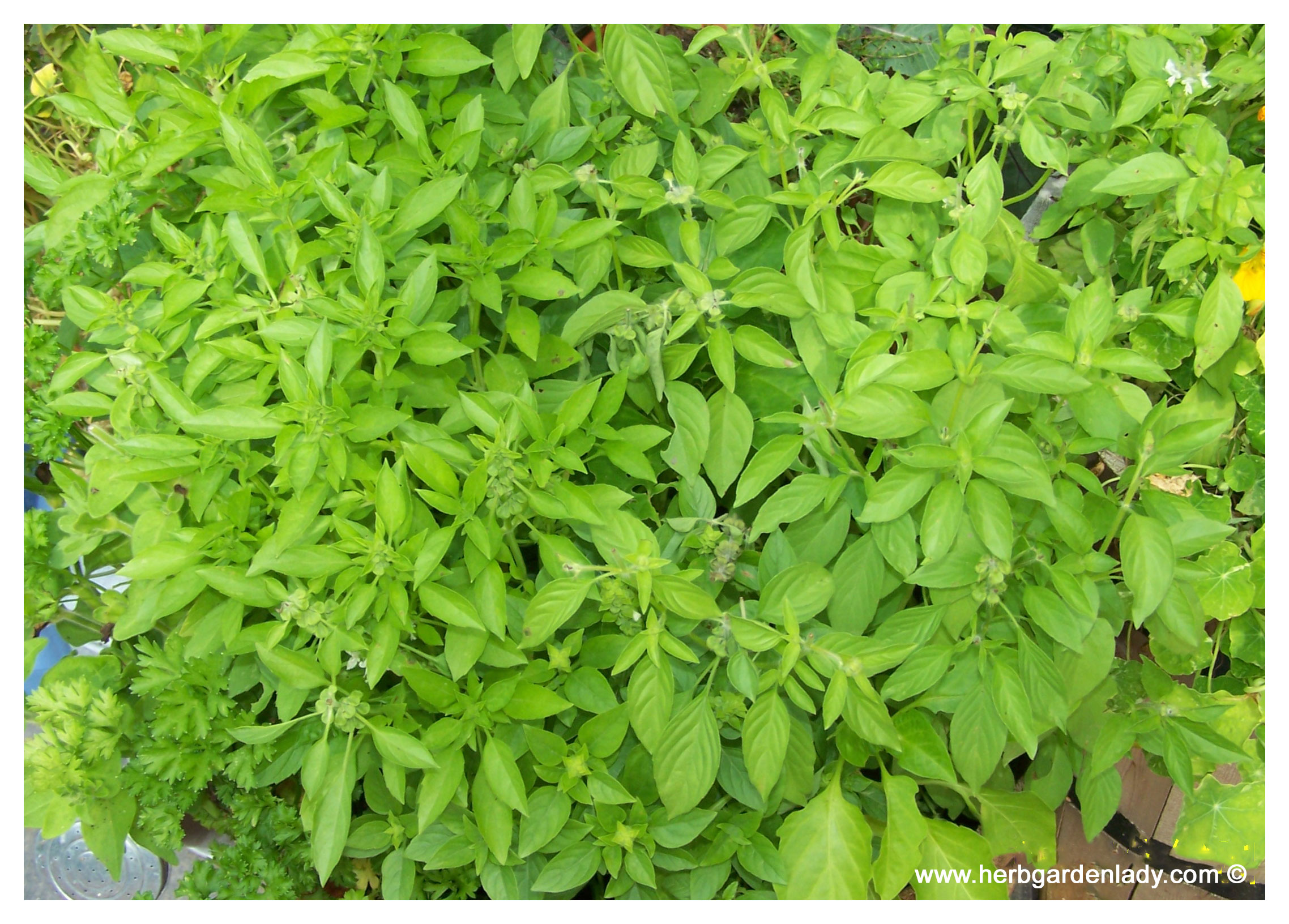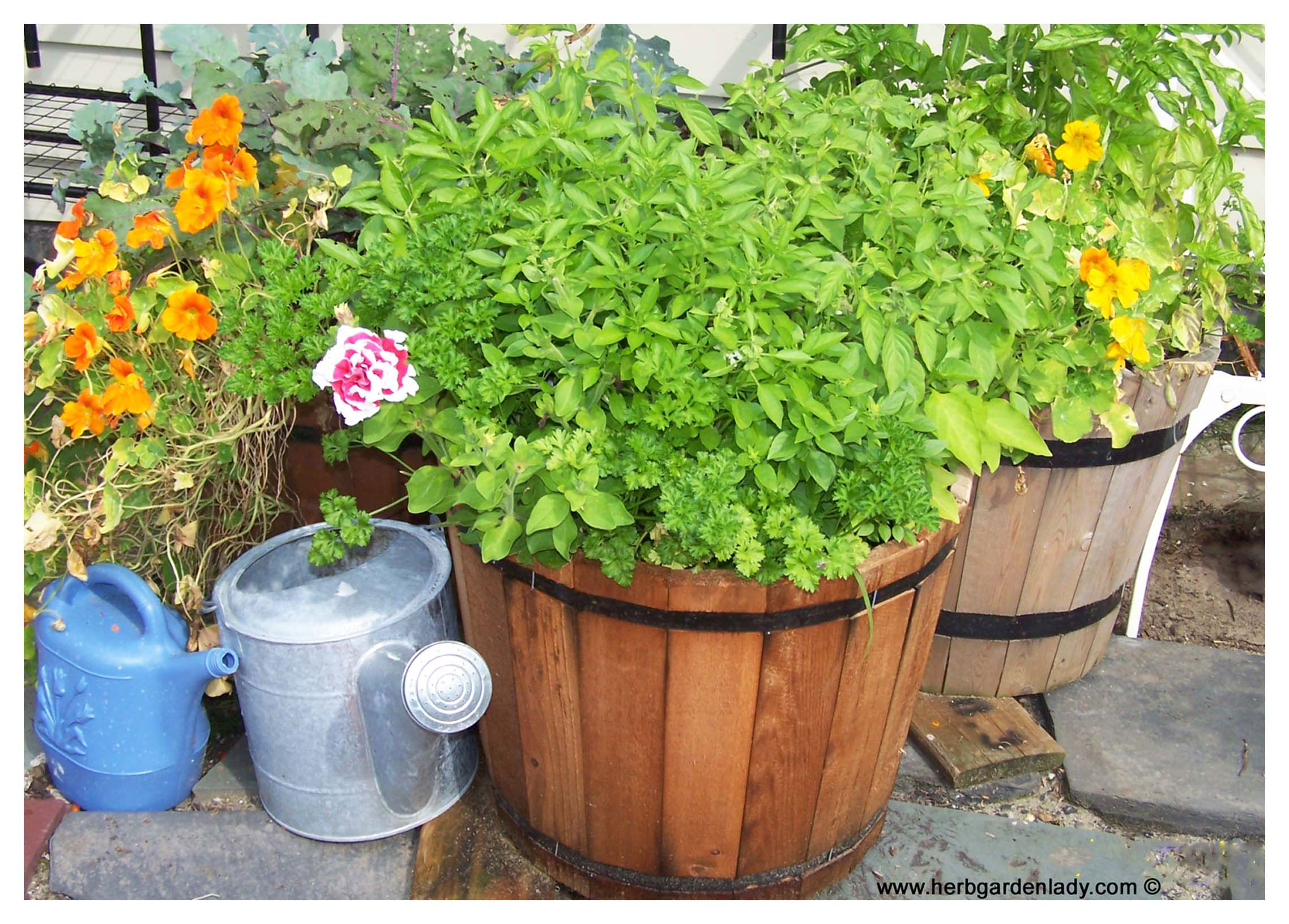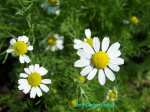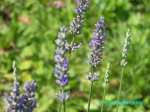Basil Herb
How to Grow, Harvest & Preserve
The basil herb with its spicy flavor and aromatic qualities is an important culinary herb to grow. It has a high market value to sell at farmer’s markets and local restaurants.
This herb needs a protected site, so grow it with peppers,
tomatoes, or eggplant. I’ve had great luck in growing it with my hot peppers. Basil helps with garden pests since it confuses the bad insects. They don’t know
where your tasty peppers are growing and that's good for you.
Site and Soil
Protect it from wind, scorching midday sun, and frost in
northern climates. This Mediterranean herb prefers well-drained soil. It is very sensitive to cold, with best growth in hot, dry conditions.
How To Propagate Basil Herb
Phase I
Start seeds indoors. Why start your seeds indoors? They’ll be stronger, healthy, and most importantly pest free.
In colder regions plant basil 6 – 8 weeks before the last frost date in your area. Use a sterilized soil mixture and keep it moist by having a clear plastic cover on top. I use heated grow mats underneath, but if you put them on your furnace this will work too, until you see some top growth.
Remember: Do not overwater or it will cause ‘damping off’,
i.e. they wilt and slowly start to die from a fungus that eats the plant. Wet and cool conditions are not helpful.
Then take the clear plastic cover off. Put them either under grow lights or near a sunny window with heat mats underneath. When they start to grow their ‘true leaves,’ the second set of leaves, they’ll start fill out more.
Basil grows long roots and will have out grown it starter pot within a few weeks. Then transplant to larger pots with organic potting soil and a little supplemental bottom heat near a sunny window or use grow lights like Gro lux.
Phase II
As they start to get bigger and your nearing the planting date you can start to harden them off. Place them near a bright, sunny window with no bottom heat or with some bottom heat at night. You’re trying to wean them from the use of extra heat on the bottom part of the roots. This toughens them up for the next phase.
Phase III
Take your tender basil herb and move it outdoors in a protected greenhouse, away from wind and direct sunlight for about an hour or so at first. Each couple of days you can add more time outside and eventually plant them in your herb garden or vegetable garden.
This is how I start my basil each year and have strong, healthy plants. Basil, I find is easy to grow and can be grown any time of year. Spring through summer is the normal growing season here in the north. In winter you can add basil to your indoor herb garden.
Harvest and Preserve
Harvest
Pick the leaves when they’re young and before they flower for the strongest flavor. When it starts to flower you can give it a “hair cut” or pinch off the flowers and use in salads. By pinching off the flowers you prolong the life of the basil herb plant and make it grow bushier.
Preserving the herb
There are a few ways to preserve this herb. One I practice is rinsing the leaves gently. Pureeing them with a little olive oil and placing them flat in a plastic bag. Put it in the freezer and you’re done. Now, it's ready for soups, pastas, garnishes, dips, and more.
Infuse the dried leaves in olive oil, but be careful of botulism.
Or infuse them, using fresh leaves with pasteurized vinegar to prevent bacterial growth. In the United States by law, vinegar has to have 4 percent acidity. This is safer to do than oil. I make a few different fresh batches each garden season and even sell some at craft shows and farmer’s markets.
Varieties To Grow
Sweet basil used fresh with tomatoes dishes; soups, salads, or sauces add that special flavor your family or guest will praise you for.
Genovese group of basil's are from an area of Italy and used to make pesto. These are the large leaf kinds that are great to use fresh or freeze for later use in the winter.
The bushy groups are grown to be well...bushier. They have finer leaves, which are tightly grown leaves together, and a smaller growth habit. Spicier tasting and used for borders or to sell as potted plants.
Purple basil is striking, renders excellent flavored vinegar's, tasty salads and has beautiful aromatic qualities.
Other flavorful
groups are the cinnamon, camphor scent, lemon, lime, sacred (Holy basil), ‘Thai’,
‘Oriental’, and ‘Siam Queen’ to name an assortment.
This basil herb is a garden necessity with its flavor for culinary uses and a garden asset with insect confusion qualities. When you brush up against this plant the aroma has a beautiful fragrance from the essential oils it releases.
In the kitchen the basil herb is a staple and used to add flavor to your homemade dishes.
In skin care products especially bug fighting ones Basil herb is an essential oil that actually helps to repel mosquitos and flies. The Herb Garden Soap and body butter (made seasonally) includes basil along with other essential oils to protect against biting insects.
Learn more about...Growing Herbs Indoors or Gardening Tips
Follow Vermont Lavender on PINTEREST





